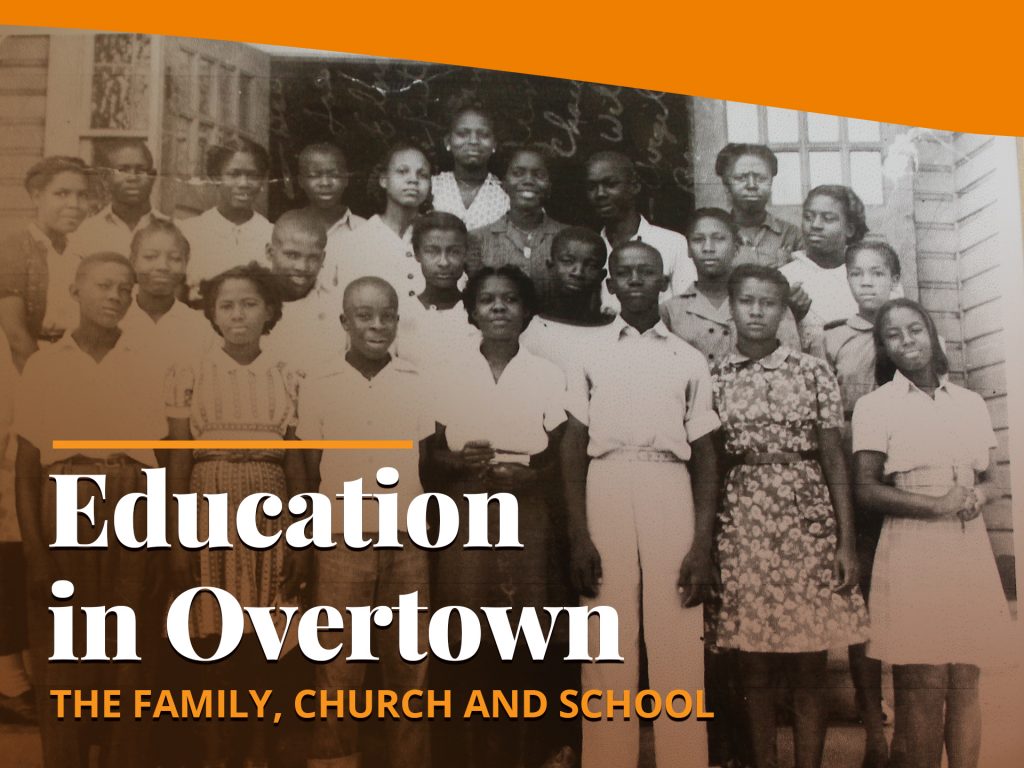
(above): Booker High School’s first class. Courtesy Sarasota County Historical Resources.
Three cornerstones were most important among Overtown residents – the family, church and school.
African American families considered education a gateway to progress.
During slavery they were prevented from learning to read and write. Educational opportunities were still scarce and hard to obtain once free.
Despite the barriers, some formerly enslaved person learned to read, and they taught others. Dedicated African American teachers who understood the impact of education in the lives of black children clamored to borrow books, supplies and materials for students. Educational facilities were not the best.
Teacher salaries were scant.
The First Home Schools and Multi-Use Churches
Josie Washington’s home was the location of the first kindergarten class in 1910. Lucinda P. Wiggins also began a school for African American kindergarten students. Overtown churches held classes in addition to their role as places of worship and activity centers.
Bethlehem Baptist Church and Payne Chapel A.M.E. doubled as schools. When Mrs. Wiggins’ enrollment increased, she moved into Payne Chapel’s basement.
Emma E. Booker:
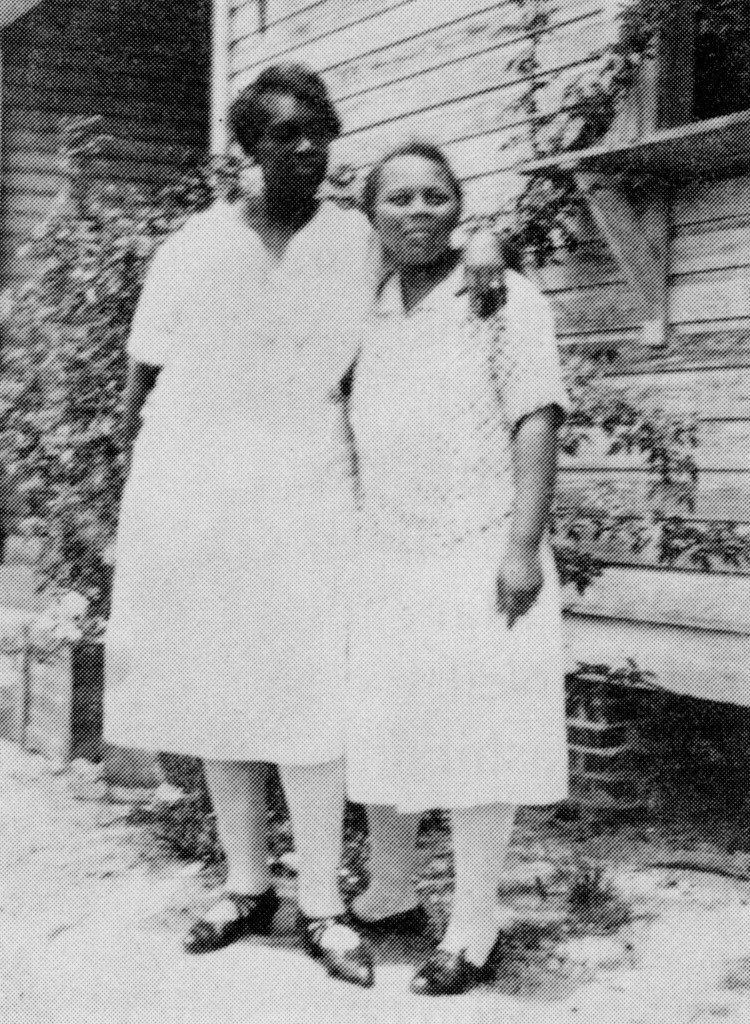
(above): Mrs. Emma E. Booker with Ms. Eugenia Mitchell. Courtesy Sarasota County Historical Resources
In 1912, a public school for African Americans opened in the Knights of Pythias Hall School. Wright Bush, an entrepreneur recruited Pinellas County resident Emma E. Booker to become principal. Henry Clark, Elbert Clark, J.P. Carter, Campbell Mitchell, John Mays, John Woods, Ed Carmichael and J. H. Grover were trustees.
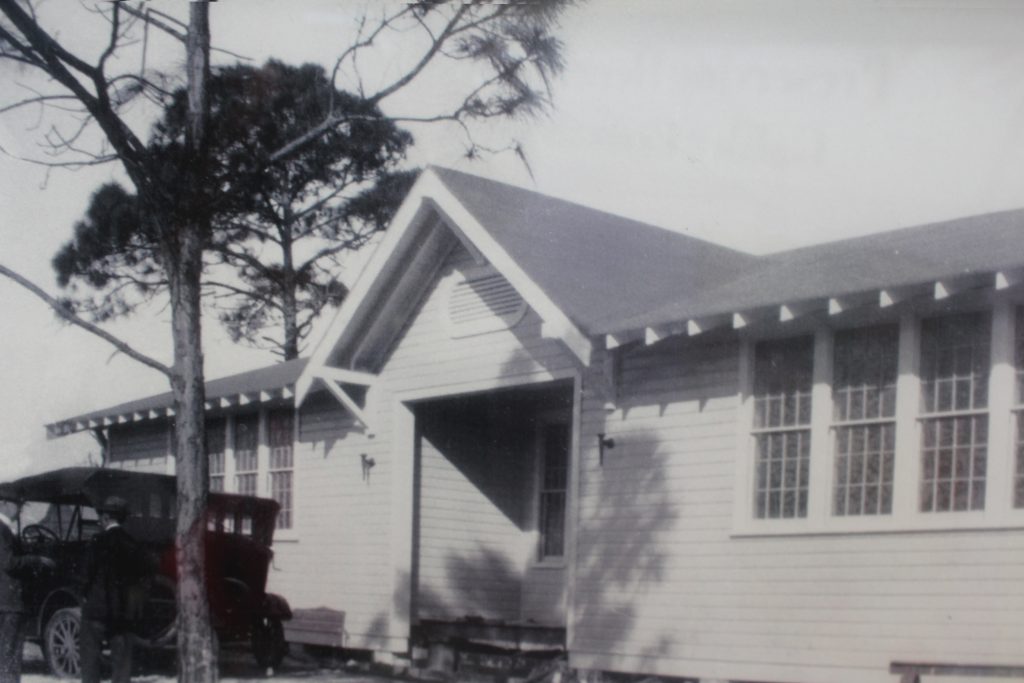
(above): Sarasota Grammar School. Courtesy Booker High School.
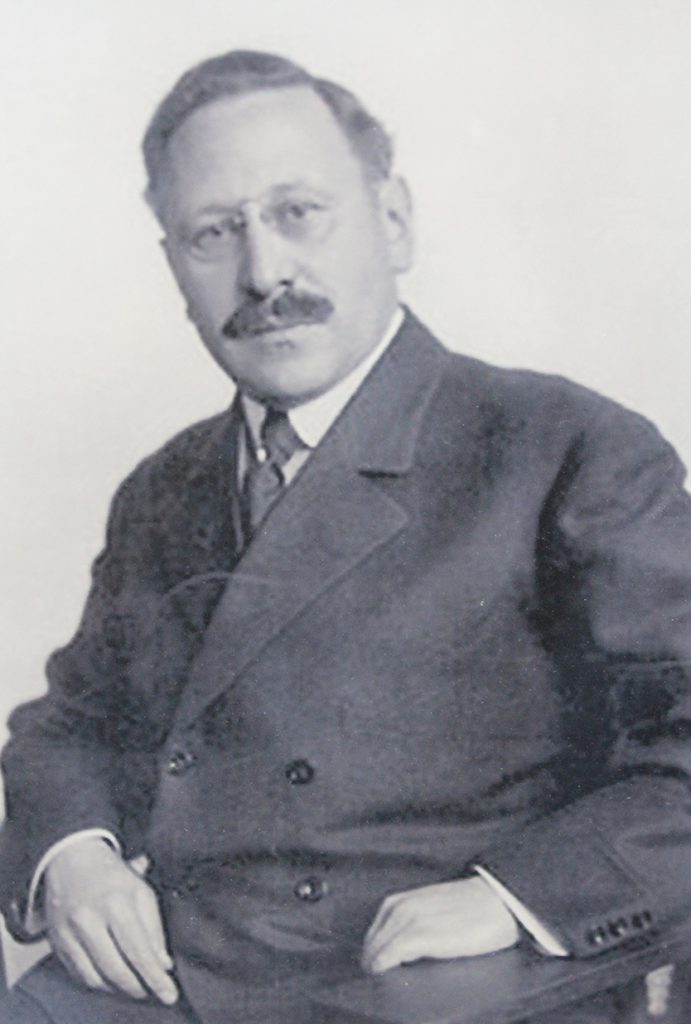
(above): Julius Rosenwald, CEO Sears Roebuck. Courtesy Sarasota County Historical Resources.
According to an oral interview with longtime educator Annie McElroy, Mrs. Booker was instrumental in securing $17,000 from the Julius Rosenwald Foundation to build the new school.
Booker T. Washington teamed with Mr. Rosenwald to build schools throughout the segregated South for African American children and teacher housing. Seed money matched with private funds constructed Sarasota Grammar School, that was renamed Booker Grammer School in honor of Mrs. Booker.
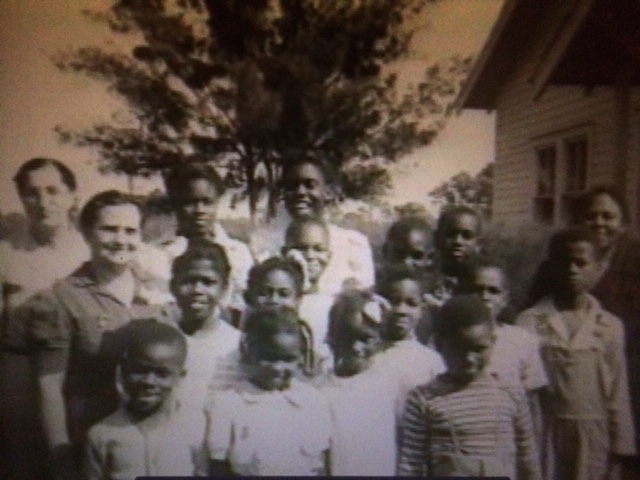
(above): Booker Grammar School students with educator Quessie Hall. Courtesy Jetson Grimes Collection.
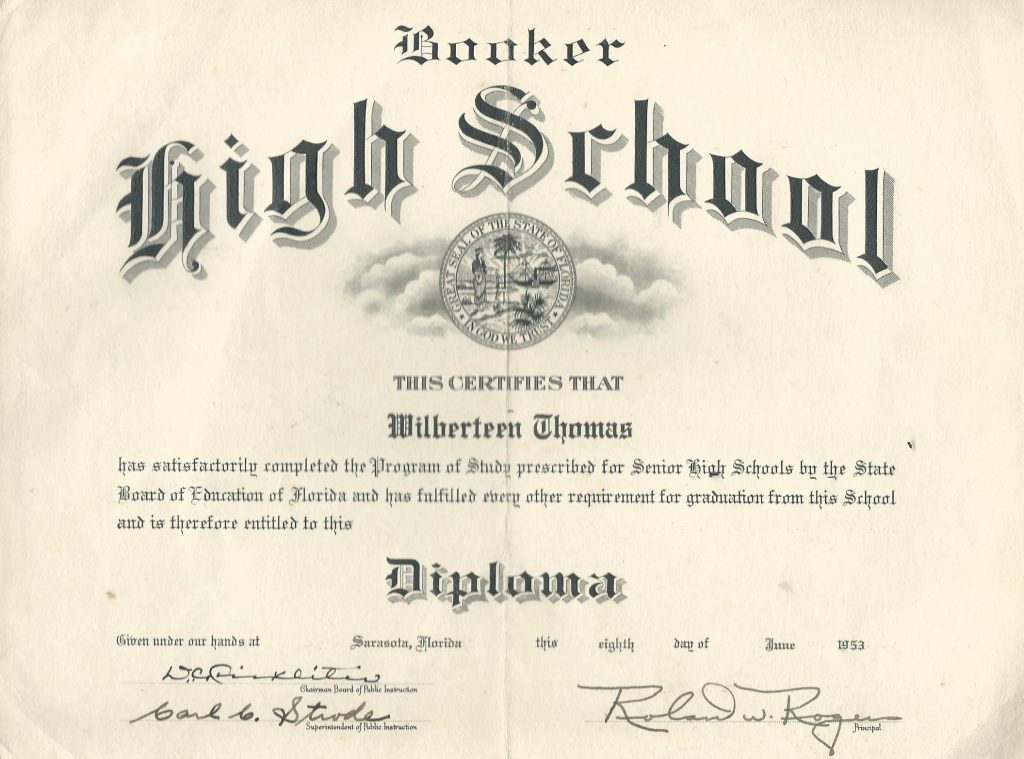
(above): Diploma of Wilberteen Thomas. Courtesy Viola Sanders Collection.
The Displacement of Overtown Residents
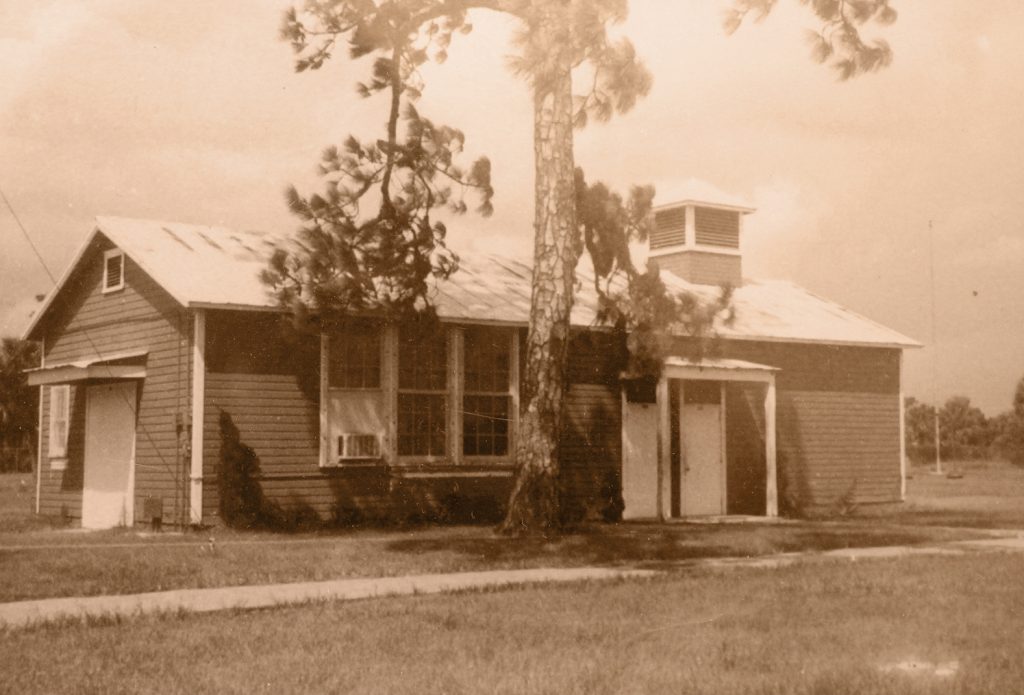
(above): Diploma of Wilberteen Thomas. Courtesy Viola Sanders Collection.
Booker School was relocated to Sarasota’s north side in a more isolated area called Newtown in 1939. Other factors caused residents to move. Old, dilapidated homes were demolished with stricter zoning. New public housing developments with amenities were constructed and with Overtown’s population growth, segregation prevented residents from moving to the nearby neighborhoods of Gillespie Park to the east and Hillcrest and Valencia Terrace to the north. “Easy payments” to own a newly constructed home in Newtown contributed to the demise of Overtown.